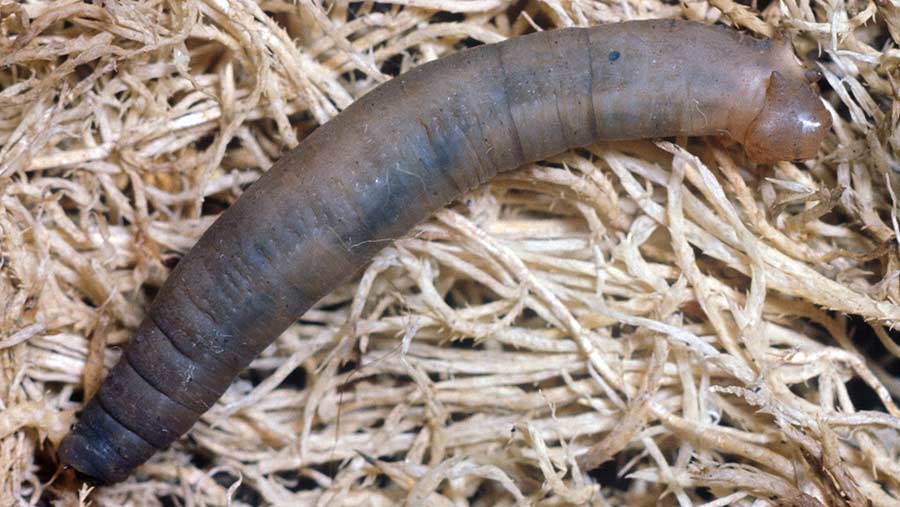Scottish survey shows low risk for leatherjackets
 © FLPA/Rex Shutterstock
© FLPA/Rex Shutterstock Survey results in Scotland suggest 2015 is a low-risk year for leatherjackets – after two years of record numbers.
Scotland’s Rural College (SRUC) surveyed 268 fields over the winter and spring and found that only 21 were likely to require treatment for the pest, which eats the roots of grasses and other plants.
Untreated it can lead to severe and visible damage to a grass sward. Damage to other crops following a grass ley is also a problem.
See also: Self-stewardship crucial to protect agri-chemicals
Professor Davy McCracken, SRUC ecologist, said it was important farmers assessed fields before choosing to use any chemical controls against leatherjackets.
“This will confirm if there is a problem and what the culprit is. Chemical controls, which are costly and have an environmental impact, should only be used where necessary.”
Prof McCracken said anyone who did need to use chlorpyrifos for leatherjacket control must be careful to follow the guidelines set out in the Say No To Drift initiative.
It was the only insecticide effective against leatherjackets and was under scrutiny by EU experts as they consider whether to permit its use beyond January 2018, he said.
Farmers are urged to only fit Lerap-rated 3-star nozzles to the sprayer and establish a no-spray buffer zone within 20m of watercourses or within 1m of dry ditches.
